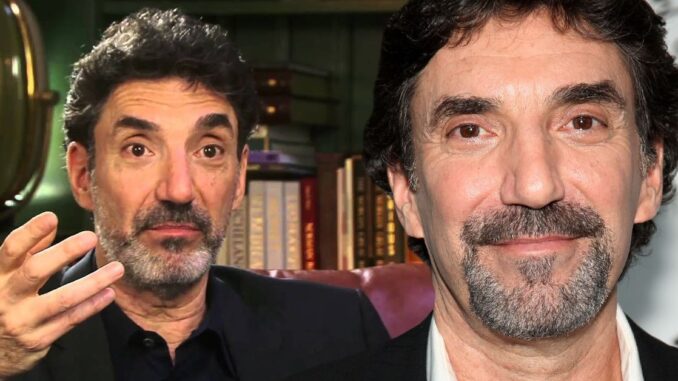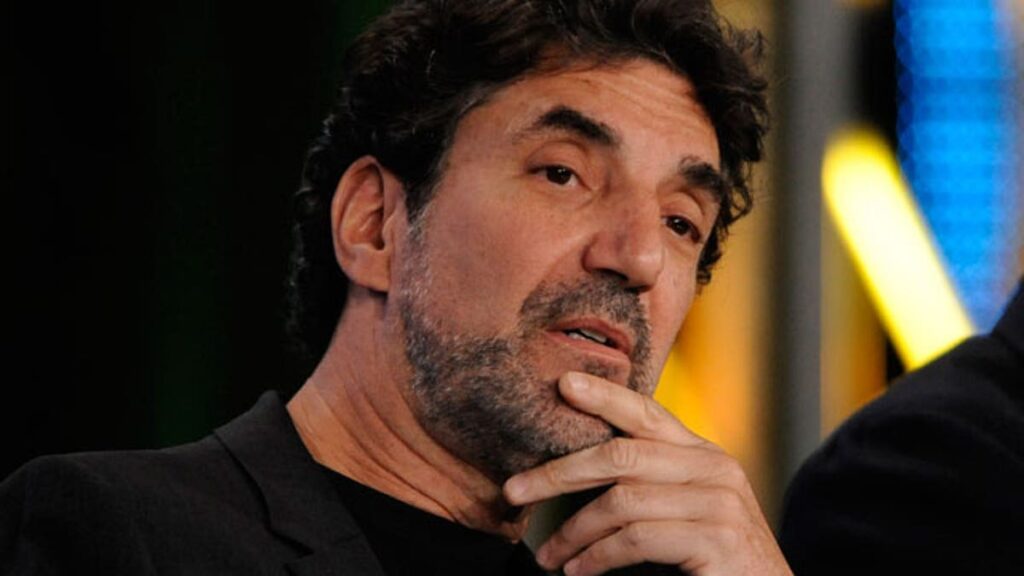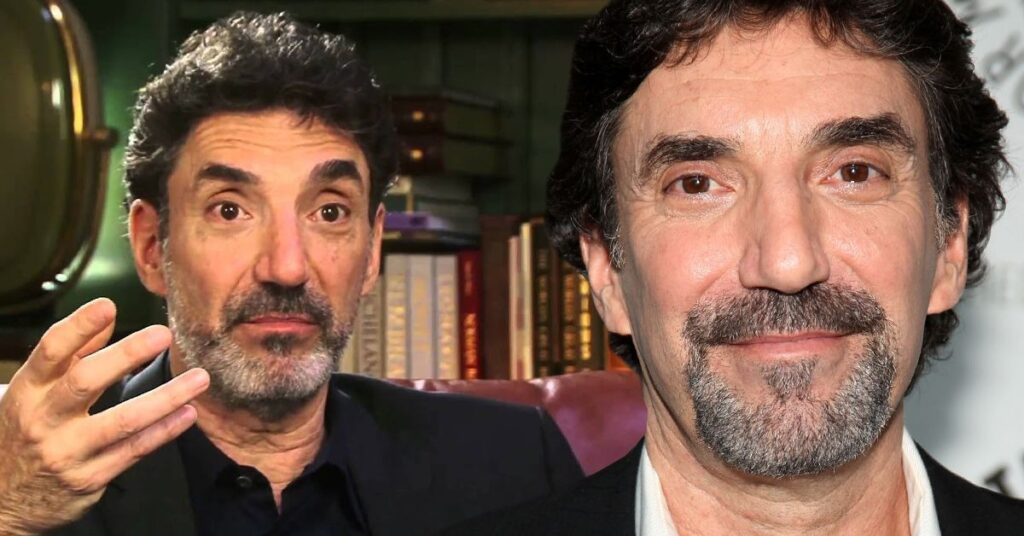
Chuck Lorre’s original concept for The Big Bang Theory was significantly different from the ensemble cast that ultimately defined the show.
“Laughter is timeless, imagination has no age, and dreams are forever”, Walt Disney once said—a sentiment that echoes throughout the iconic sitcom, The Big Bang Theory. This 12-season CBS favorite continues to enchant audiences both young & old with its alluring format where each character navigates life’s ups and downs with a comedic flair.
At its core, the series spotlights Penny, portrayed by Kaley Cuoco, whose journey from an aspiring actress from Omaha to an integral part of an otherwise all-male ensemble is as relatable as it is entertaining.
Has Penny always been just the girl next door, or is she, in fact, the beam around which the show orbits? Well, initially, the show set its sights on her life as a young woman from Omaha seeking her place in the bustling metropolis of Los Angeles.
What Made Chuck Lorre Create The Big Bang Theory?
Created by Chuck Lorre and Bill Prady, The Big Bang Theory revolves around the lives of five main characters living in sunny Pasadena, California. We have Leonard Hofstadter and Sheldon Cooper, two physicists at Caltech who share an apartment and tackle life’s never-ending struggles together.
Living across the hall is Penny, an aspiring actress and waitress, whose lively personality adds spice to the mix.

But initially, the focus was solely on one woman making her way in the big city—Kaley Cuoco’s Penny. Reflecting on this journey, Lorre shared (via YouTube):
We were also working on an idea about a young woman who’s going off to the big city to start her life, and there was a moment in the room when we thought, what if she interacted with these guys?
However, Lorre later found another concept and brilliantly combined both ideas to give birth to The Big Bang Theory. This pivotal idea laid the groundwork for the dynamic interactions that would come to define the series.
Played by Cuoco, Penny is not just a sidekick in a male-dominated cast; she embodies the vibrant spirit of the show, bringing warmth and humor to her interactions with the group. While Leslie and Priya occasionally pop in and out of the storyline, it’s Penny who consistently holds the spotlight, becoming the heart of the show.
Chuck Lorre’s Original Vision for Sheldon Cooper’s Storyline
“Love is composed of a single soul inhabiting two bodies,” said Aristotle. And while Sheldon Cooper might not have agreed with that sentiment at the start, his journey in The Big Bang Theory proves that sometimes the heart has a mind of its own. This iconic character, played brilliantly by Jim Parsons, began as an enigmatic figure —yet his behavior often left audiences wondering just how likable he really was.

In the early days of the series, Sheldon’s antics were entertaining but left him looking rather unapproachable. However, as the series unfolded, he evolved in unexpected ways. Enter Mayim Bialik’s Amy, who turned out to be the perfect foil for Sheldon. But before she became his partner-in-crime—and ultimately, his wife—show creator Chuck Lorre had envisioned a very different romantic arc for him.
Initially, Lorre had championed the idea of Sheldon as an asexual character. He found it striking that Sheldon was entirely focused on his scientific pursuits, deeming the character complete without any romantic entanglements (via US Weekly):
I had, for several years, championed the idea that Sheldon was asexual. He had no interest, which I thought made him remarkable. Sheldon just didn’t care [about girls]. He was not attracted to anybody. He was attracted to science.
But as life often teaches us, change is the only constant. The dynamic that blossomed between Sheldon and Amy introduced new dimensions to his character, showcasing that even the most dedicated scientists can experience the transformative power of love.
So, while Sheldon started as a complex character with little interest beyond his beloved science, he ultimately discovered that opening his heart didn’t diminish his brilliance; it enhanced it. In the end, the show beautifully illustrates that even the most unconventional individuals can find their counterpart, proving that love, indeed, knows no bounds.
